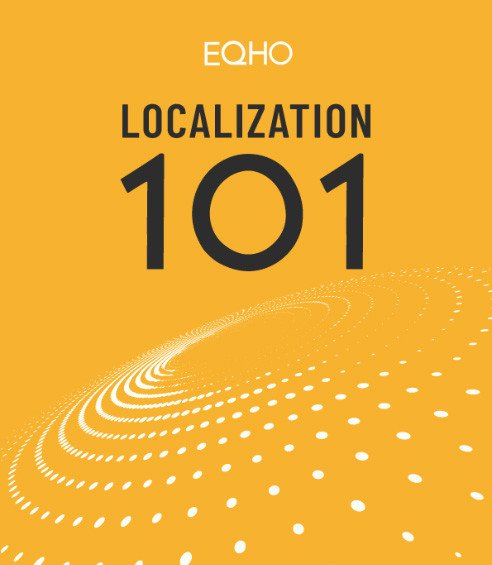The Vietnamese language is a member of the Mon-Khmer group Austroasiatic language family, of which the other two significant members are Khmer and Mon; however, much of Vietnamese vocabulary has been borrowed from Chinese, as China dominated Vietnam from 111 BCE to 939 CE. Even after Vietnam gained independence from China, Chinese continued to be used as the official administrative language until it was supplanted by French during the period of French colonization. It was not until Vietnam gained independence from France in 1954 CE that Vietnamese became the official language of Vietnam.
After gaining independence from China, Vietnamese began to be written using the Chữ nôm script, an adaptation of the Chinese script; Chữ nôm contains some 3,000 characters not found in Chinese. During the 17th century, Roman Catholic missionaries introduced a Latin-based script known as Quốc Ngữ. In 1910, while under French rule, the Quốc Ngữ script was decreed to be the official script for writing Vietnamese. Literacy in the Chữ nôm script is now confined to a small number of scholars and antiquarians.
The modern Vietnamese alphabet contains 12 vowels ( A a A a  â E e Ê ê I i O o Ô ô O o U u U u Y y ) and 17 consonants ( B b C c D d Ð d G g H h K k L l M m N n P p Q q R r S s T t V v X x ); in addition, there are 5 diacritical vowel tone markers* (À à Ẩ ẩ à ã Á á Ậ ậ ). It is written from left to right with spaces between words and uses punctuation (other than the apostrophe) that is similar to English.
Vietnamese is generally considered to have three major regional dialects: Northern, Central, and Southern. The dialects differ primarily in pronunciation, but there are also differences in vocabulary and grammar. The Northern dialect is generally considered to be the prestige register of Vietnamese.
* For technical reasons, in order to ensure that the tone markers display correctly on all browsers, they are shown in combination with the vowel A.

